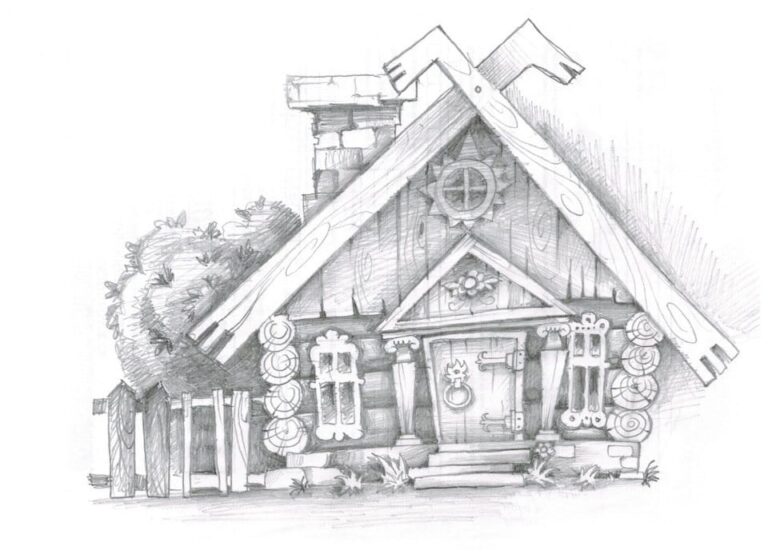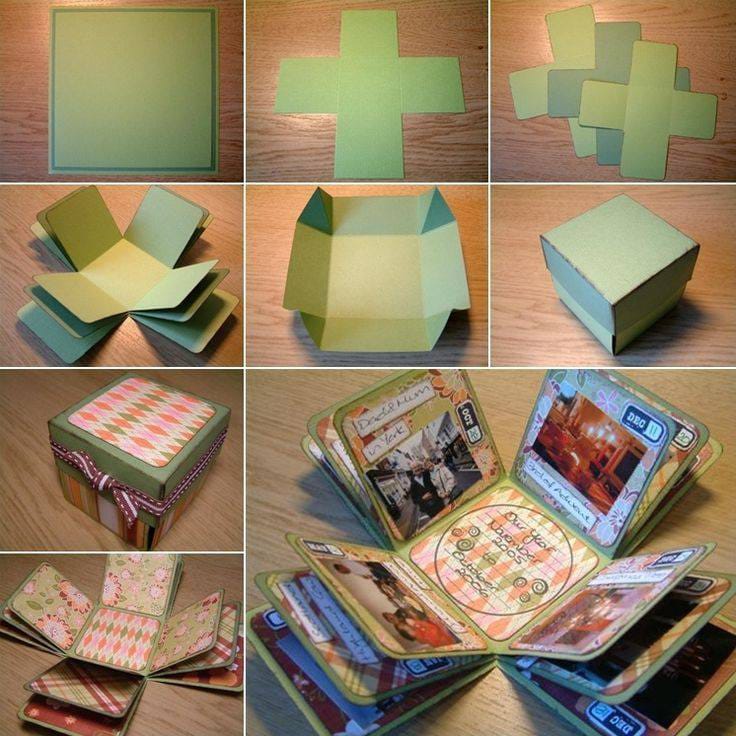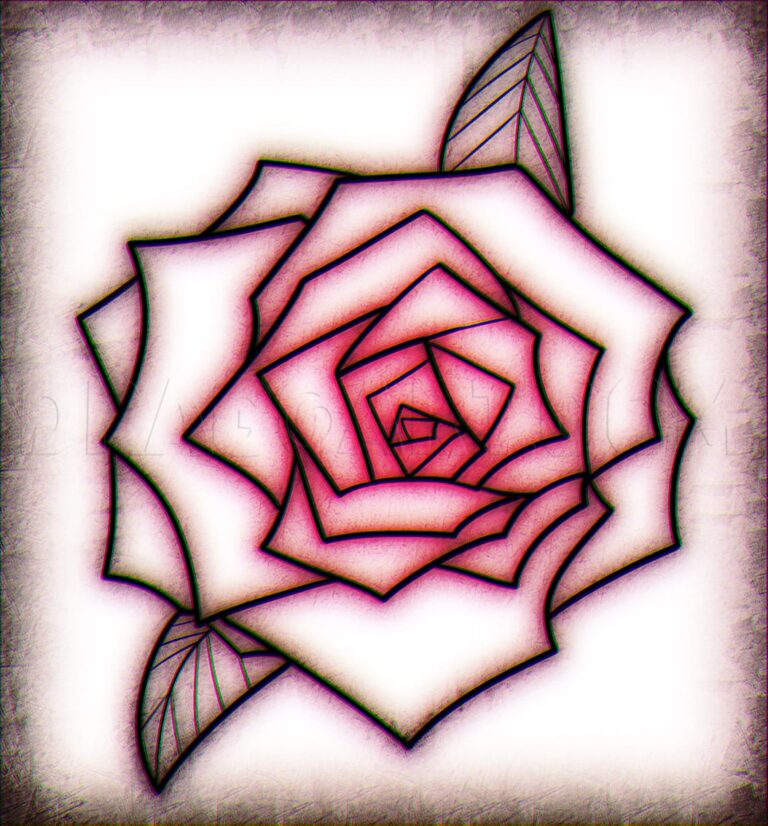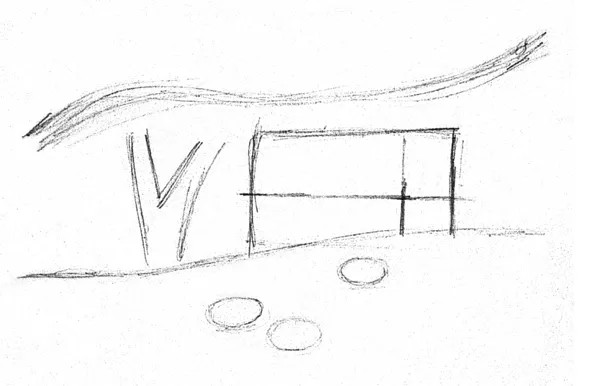How to draw a Gorgeous realistic landscape pencil sketch for beginners in 8 steps.
Landscape pencil sketching for beginners is a great way to learn various skills in a single exercise that enables you to grasp the processes of drawing more deeply. Various landscape pencil sketch ideas encompass multiple elements that interact and coexist in the same scene making it a great explorative exercise for drawing.
Learning how to represent light and shadow, working with multiple elements, and creating depth are some of the few concepts explored in this landscape pencil sketch on how to draw a landscape. There are many landscape pencil sketch to draw but, in this landscape pencil sketch, we’ll look at how to create a mountain landscape pencil sketch.
This landscape pencil sketch will allow us to explore various drawing techniques and tricks that will teach us to construct a landscape scene. we will be learning how to draw landscapes pencil sketch. The landscape pencil sketch is perhaps the most accessible and most important learning experience for artists.
Learning how to draw landscape pencil sketch allows the artist to explore drawing various elements and how they work collectively to make one single landscape pencil sketch. We will learn how to break up the drawing process, which makes the construction of landscape pencil sketch simpler and easier to follow. By the end will have learned various tips and tricks that will help us to refine a simple landscape pencil sketch and turn it into a realistic landscape pencil sketch.
Outline the background of the landscape pencil sketch:
Draw the basic drawing of mountains and the view of the lake.
With all landscape pencil sketch, maybe what makes them so beautiful is the depth that they show. This quality is not difficult to replicate and is more a matter of building the scene from back to front.
Once you understand the basic process you can use these skills within your landscape pencil sketch
. It all starts with setting the scene, which we can do as a basic line sketch. At this point we want to figure out the form and flow of the scene, so we want to keep our sketch light. Draw a horizon line and begin to sketch in the different spaces of the landscape pencil sketch.
You will find that as we move from background to foreground, we will jump back and forth on occasion to set up how we individually draw the different depths of the field. For now, we want to lightly sketch the entire landscape, from background to foreground. We want to set up the space for the background with the componentry of the foreground and midground.
A good suggestion is to incorporate a river that flows from foreground to background, slowly narrowing as it fades into the distance.We want to consider placing elements into the landscape pencil sketch with the idea of scale in mind. Many of the details will become smaller as they move into the distance, we want to keep this in mind as we draw the background.
Draw the mountain of the landscape pencil sketch:
The way in which mountains can be drawn is as if you were shading them in a zig-zag fashion along the side of the slope. Another great element to incorporate at a distance is a forest. Because it is at a distance we can simply and in dark little strokes at the bottom of the mountains.
Incorporating Elements:
We now want to work with some darker pencils to incorporate elements and details within the background. When it comes to mountains, we want to provide contrast between them and the sky behind them.
This means that we want there to be a darker shade in the sky whereas the mountains can be slightly lighter. We can also give the mountains a ride that creates a partition between light and dark sides. We want to make sure the light and dark sides are all on the same side for each peak. Drawing a forest and mountains in the background allows you to be more suggestive with your marks because details are less clear when seen at a distance.
This is particularly true for mountains and trees. Both the trees and mountains intend to capture the general shape of each. On a mountainside, its moments of shading are scattered along one side of the slope. With trees, it’s sharp little vertical strokes with smaller horizontal ones to suggest branches and foliage.
Add more shading on the mountains of the landscape pencil sketch:
This process of suggestive marks works well within the details of a landscape set in the background. We can also create clouds with this idea of mark-making, whereby we use our eraser to shape clouds in the sky.
Trees are a great feature to incorporate into the different depths of the field within a landscape pencil sketch. This is because they are quite abstract and, in many instances, can be drawn with simple techniques.
In the case of creating a forest scene that is set in the background, we can simply create a grouping of vertical lines. Adding in some smaller horizontal lines to suggest branches can establish the form of a forest.
This idea applies to all landscape pencil sketch, whereby the further the object the less clear it is. Play around with how you represent the qualities of a sky, mountain, or trees by loose mark-making.
Draw the mid-ground of the landscape pencil sketch:
As the water moves into the midground and inevitably the foreground, we will find that the form of the water changes. The way we draw the effect of water is with horizontal shading and line placement.
As water becomes more visible, we can create movement in the water by shading the water with zig-zagging marks of shading. Water often distorts shadows and light, which means we want light and dark moments in the water
Water is a great tool for exploring the use of light and shadow, as it is a great opportunity to create a realistic effect of reflection. Having a body of water in a landscape is a great tool for creating realistic qualities within a landscape.
Draw the trees of the landscape pencil sketch:
Draw the tree on the corner of the landscape. first, we draw two straight lines for the base of the tree then draw the upper shape of the tree.
Again, utilize the tree as a means of filling space and indicating scale within the different areas of your landscape pencil sketch. Another great element is the use of rocks.
Again, as you start to work your way toward the foreground, you want to start enlarging the elements and making them clearer. Another important aspect to remember is to keep shadows consistently to one side within all the elements.
At this point, our drawing will start to slowly merge into the foreground as we start to enlarge objects and give them a more definable form. Consider how the concept of scale applies to your landscape pencil sketch when moving from the background to the foreground.
Draw the lake of the landscape pencil sketch:
In the case of water, we can start to use dark pencils to provide maximum contrast between the highlights and shadows in the water. We want to consider the elements and how they interact with one another at this point.
For instance, one example is to use short-handed strokes to create a grass effect within the foreground. Whereas for water we want to have a smooth, zig-zag shading process to create a smooth texture in the water.
Objects begin to have more clarity in their details, and the use of different pencil thicknesses as well as different mark-making styles can be a great way to emphasize those details. As we come to draw the water, trees, grass, and so on, we can start to explore our range of pencils.
Add details of the landscape pencil sketch:
At this point, we should be using all the different skills that we have learned up until this point. Again, even though we work from background to foreground we will always tweak bits here and there in various depths of field within the landscape pencil sketch.
This is particularly true when it comes to darkening and lighting different aspects of a landscape pencil sketch. For instance, keeping contrast between different elements is another way to enhance features within the landscape pencil sketch.
This is particularly important for elements that differ in composition. For instance, keeping water darker than the banks and land that surround it is another great way to emphasize its texture. We want to consider that water is more reflective and therefore will have a darker tonal value.
Take your time with the sizes of strokes, how dark they are, and how they can be used to create shadows key thoughts to have when drawing a landscape pencil sketch.
We want to be mindful of the darkness of pencil marks and how they distinguish elements between the background and foreground. As you come to the later stages of a landscape pencil sketch, being patient with your mark-making is essential.
You will find that you want to make certain elements lighter and some darker, to have a healthy amount of contrast and distinction between elements.





